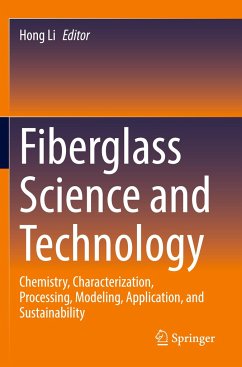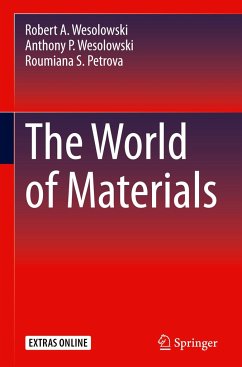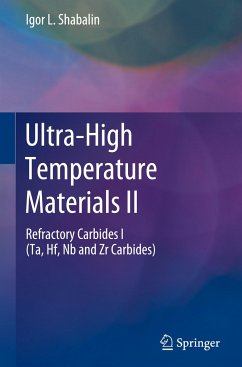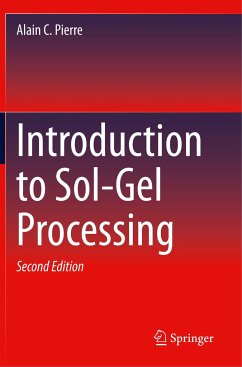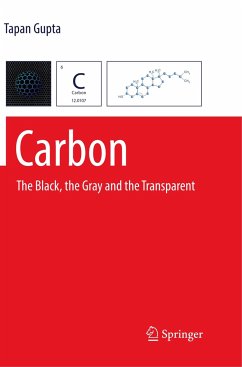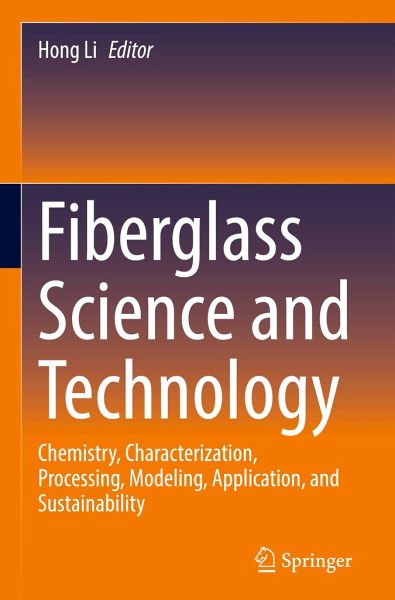
Fiberglass Science and Technology
Chemistry, Characterization, Processing, Modeling, Application, and Sustainability
Herausgegeben: Li, Hong

PAYBACK Punkte
83 °P sammeln!
This book highlights recent developments in fiberglass research and technology development, including high-performance fiberglass chemistry; in-depth glass network structure information derived from the-state-of-the-art spectroscopic measurements, molecular dynamics simulations, and their correlations with properties; fiber surface chemistry in relation to sizing chemistry - a critical part of composite performance; fiber process stability; fundamental understanding of the batch-to-melt conversion processes and melt flow simulations; and environmental concerns such as energy efficiency and emi...
This book highlights recent developments in fiberglass research and technology development, including high-performance fiberglass chemistry; in-depth glass network structure information derived from the-state-of-the-art spectroscopic measurements, molecular dynamics simulations, and their correlations with properties; fiber surface chemistry in relation to sizing chemistry - a critical part of composite performance; fiber process stability; fundamental understanding of the batch-to-melt conversion processes and melt flow simulations; and environmental concerns such as energy efficiency and emission of volatile species, which are key to environmentally-friendly product manufacturing. The book aims to guide fiberglass researchers and manufacturers towards better awareness and, perhaps, provides potential options for global ecosystem management. More than 500 current references are included, which will enable researchers from fiber glass industry and research institution access to the most recent progress in fiberglass science and technology.
Advances scientific understanding of fiberglass-forming processes, rising in popularity as a building material throughout the world;Describes the current advances in the structure and formation of fiber glass, beginning with chemistry, a wide range of characterizations, and processes, through to applications;Contains information on environmental aspects of fiberglass production, addressing energy consumption and emission.
Advances scientific understanding of fiberglass-forming processes, rising in popularity as a building material throughout the world;Describes the current advances in the structure and formation of fiber glass, beginning with chemistry, a wide range of characterizations, and processes, through to applications;Contains information on environmental aspects of fiberglass production, addressing energy consumption and emission.



